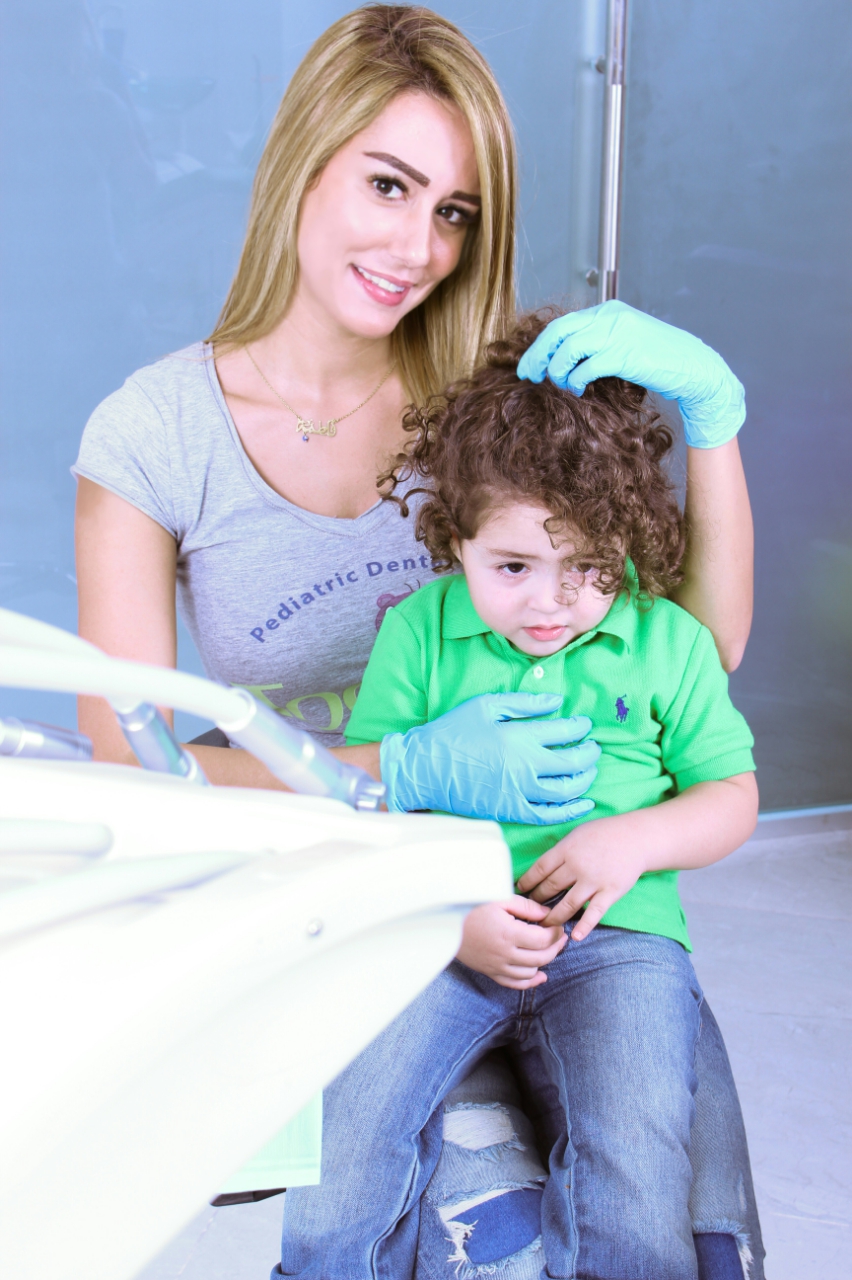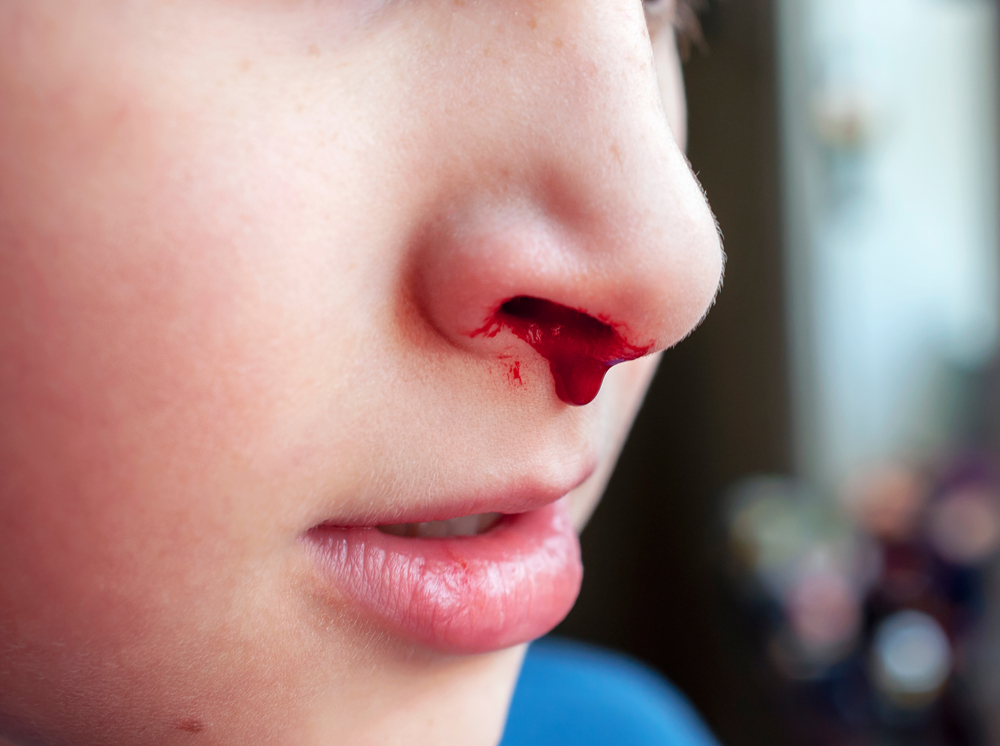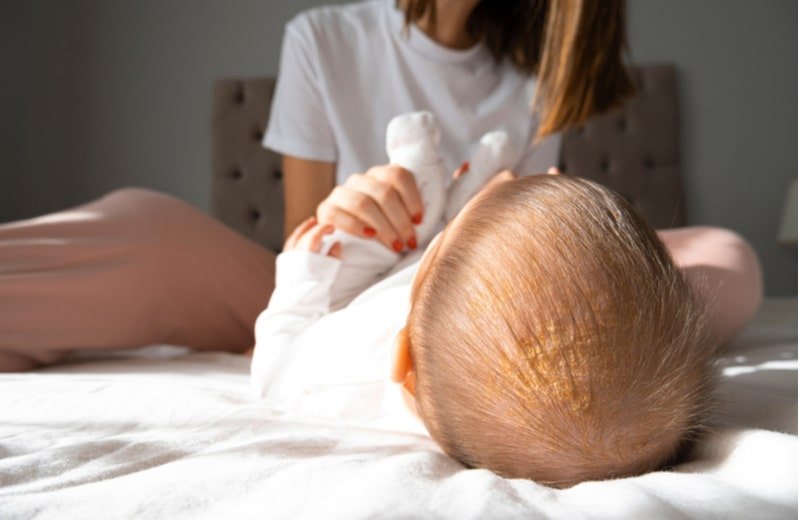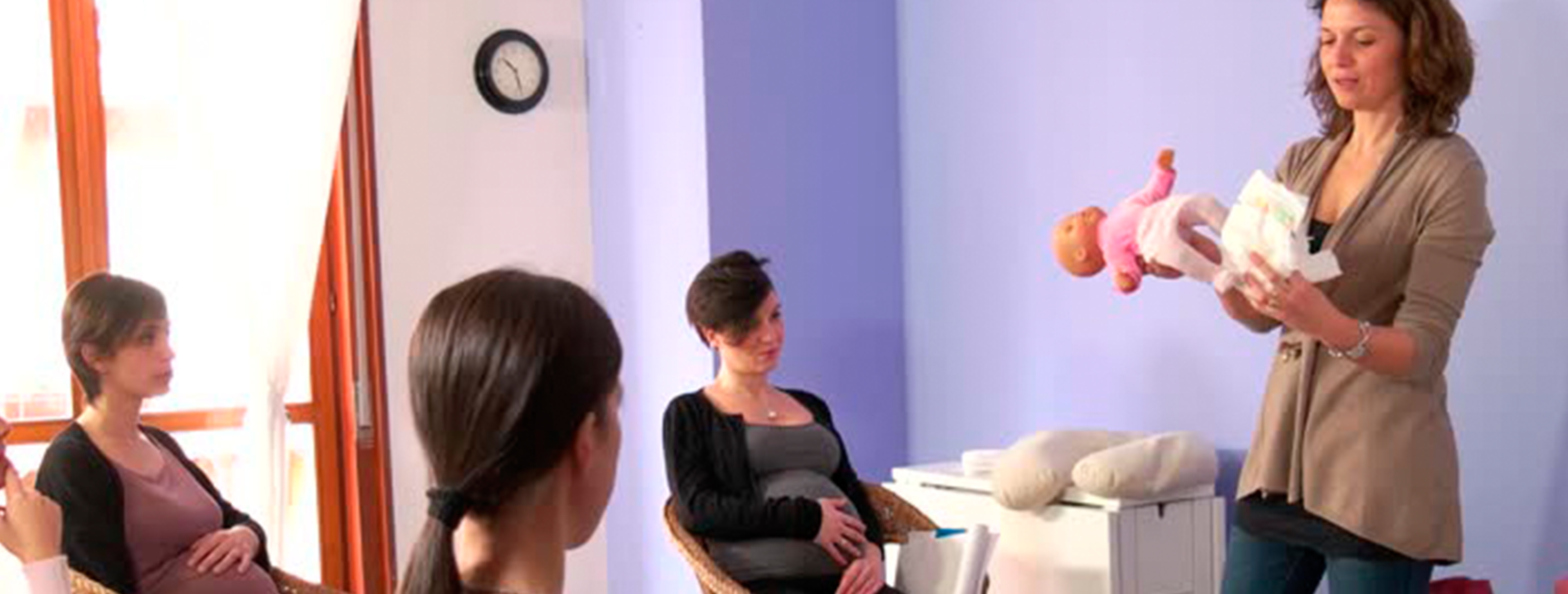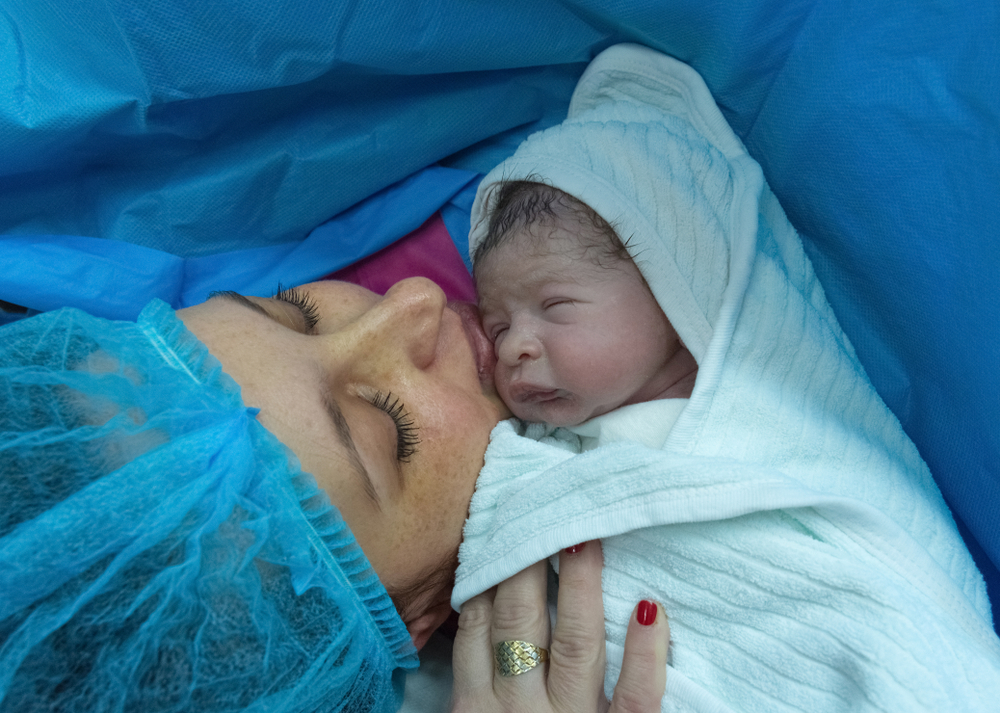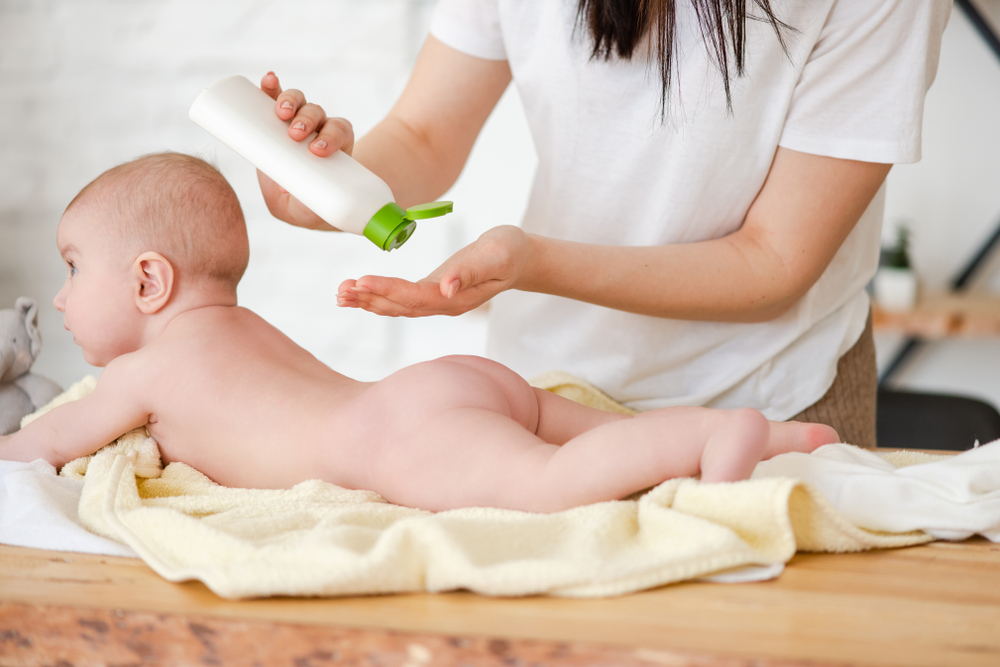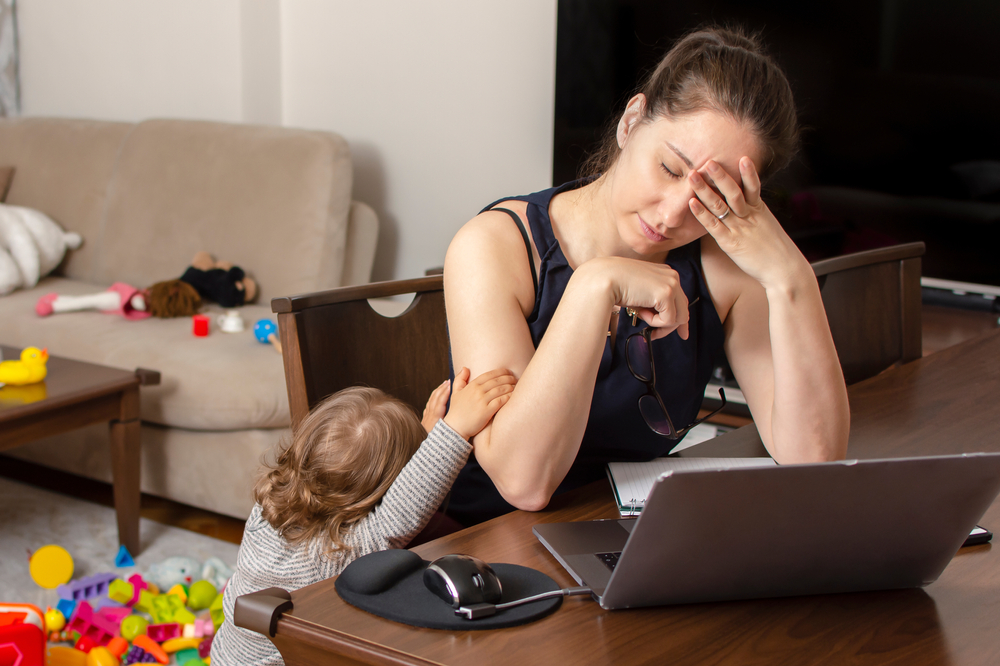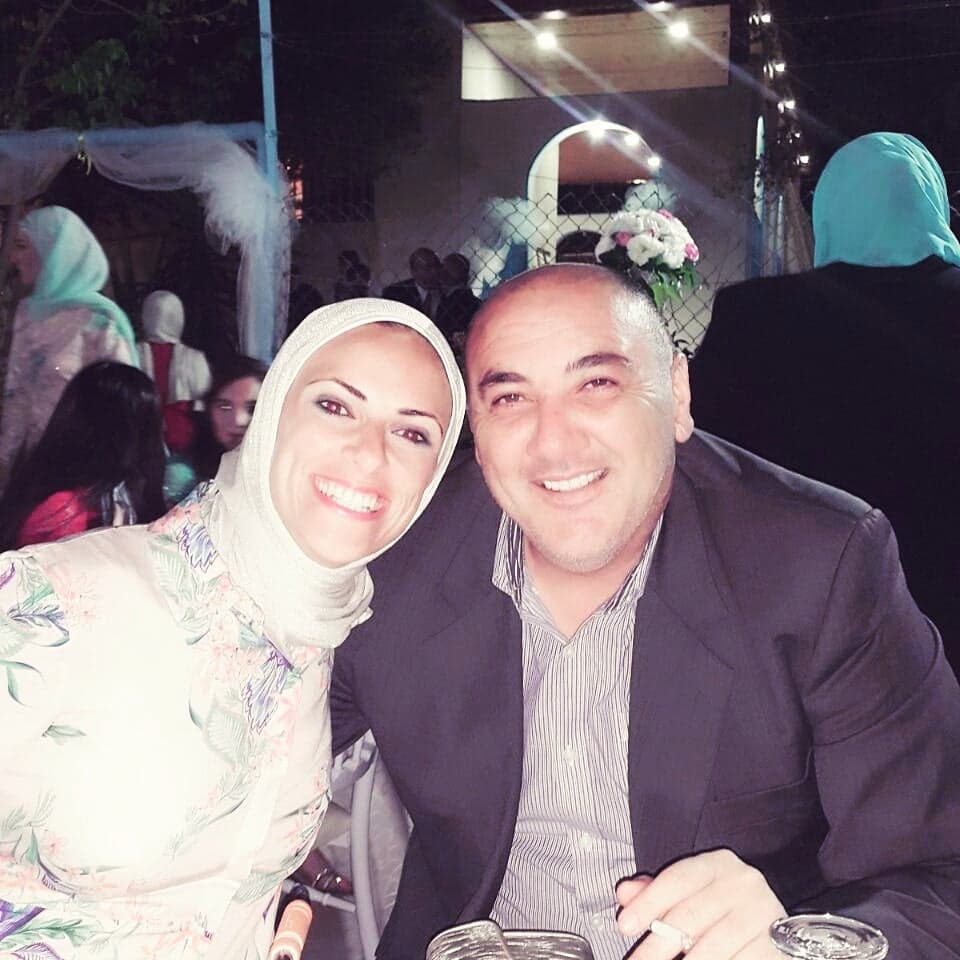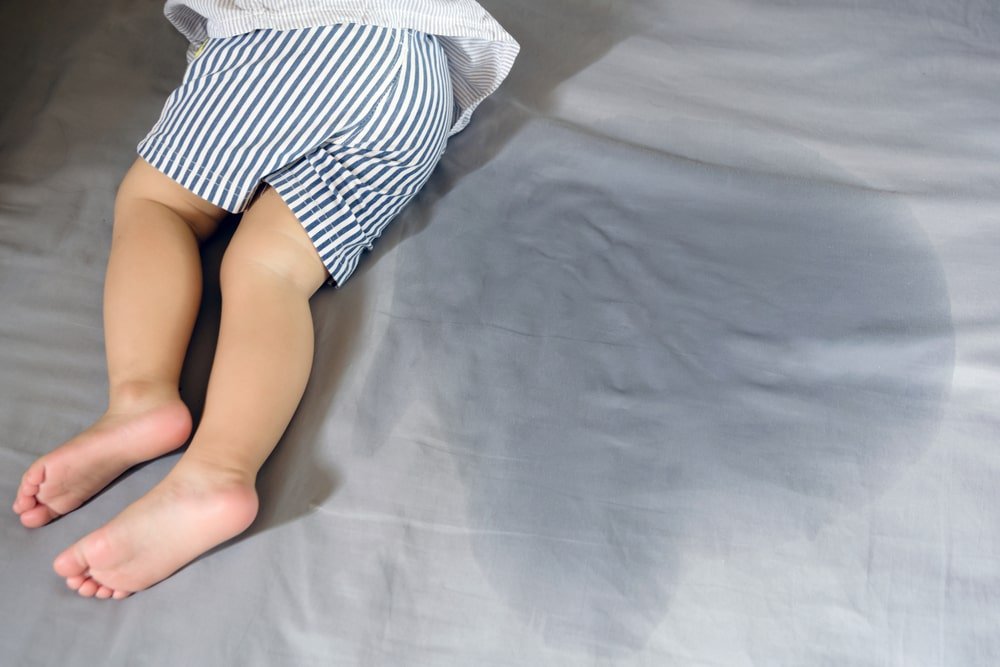Dental care
How Pediatric Dentists Deal with Anxious Kids?
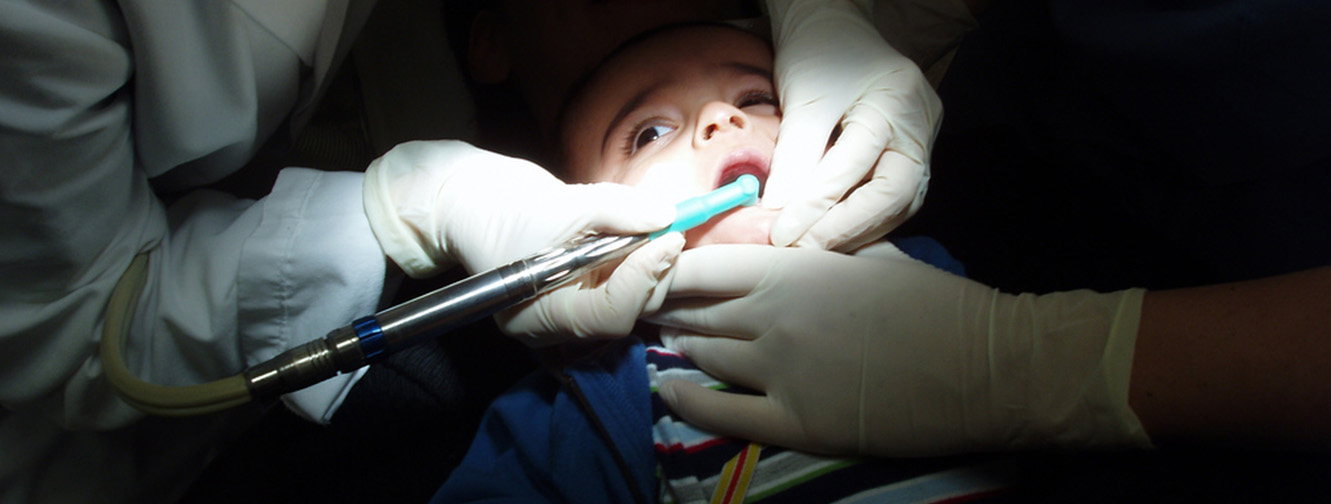
Children’s behavior when they visit the Dentist differ from each other. There are kids who are keen to follow up with the procedure and are amused by the thought of it and others might run asking for help and be taken away from the Doctors.
So, as Pediatric Dentists, we observe each of our patients’ behavior to know how to deal with them and provide the best care.
Children’s behavior can be characterized in four ways:
-
Cooperative
-
Potentially cooperative.
-
Lacking cooperative ability.
-
Uncooperative.
The pre-cooperative child is a very young child with whom communication cannot yet be established even though he/she may potentially cooperate later when they are more mature. On the other hand, the uncooperative child is a child who is too anxious to cope with any procedure and children with specific disabilities are also fall into this group because cooperation in the usual manner may not ever be achieved.
Therefore, both groups need a different approach which includes conscious sedation or General Anesthesia (GA).
Methods of Anxiety Control:
The different methods of anxiety control vary from simple behavior management to full intubational GA in a hospital operating theatre.
1. Nitrous Oxide:
It is the technique of choice for the pediatric dental patient, that can be used in primary care settings. It’s important that it is used in combination with behavioral therapy and incorporated into the treatment plan.
Indication:
-
Mildly anxious children.
-
Unpleasant procedure.
-
Medically compromised.
-
Needle Phobia.
-
Gag reflex.
Relative Contraindication:
-
Acute and chronic nasal obstruction.
-
Mouthbreathers.
-
Inability to cooperate or understand.
Absolute Contraindication:
-
Inability to breathe nasally with open mouth.
-
Myasthenia gravis and multiple sclerosis.
-
Chronic obstructive airways disease.
-
Nasal of facial deformity.
-
Severe psychological disorders and nasal hood phobia.
2. General anesthesia:
The most common type of GA service for children is known as day case; this means that the child is not kept overnight in the hospital but goes home after normal bodily functions are restored (they can walk unaided, swallow, and go to the toilet).
There are two indications for GA for pediatric dentistry:
-
The child needs to be put completely to sleep because there is a belief that he or she is too young, too anxious or too uncooperative to accept treatment by any other method of pain control.
-
The planned procedure is complex and requires full cooperation as the operation is surgically challenging.
Home Preparation before GA
When general anesthesia is needed, there are important rules for eating and drinking that must be followed in the hours before the procedure. One business day before your child’s procedure, you will receive a phone call from a scheduling nurse. Calls are not made on weekends or holidays. Please have a pen and paper ready to write down these important instructions. The nurse will give you specific eating and drinking instructions for your child based on your child’s age.
Following are the usual instructions for eating and drinking. No matter what age your child is, you should follow the specific instructions given to you on the phone by the nurse.
For all children:
After midnight the night before the procedure, (8 hours before the procedure) do not give any solid food or non-clear liquids. That includes milk, formula, juices with pulp, or candy.
Up to 2 hours before the scheduled arrival time, give only clear liquids like water. Milk is not a clear liquid.
If your child takes daily medication, you may give it unless specifically told not to do so by your child’s doctor or the scheduling nurse.
Following General Anesthesia
-
Once the procedures have been completed, your child will be taken to the recovery room where nurses will carefully check his/her vital signs. The effects of general anesthesia can last for many hours.
-
Your child’s nose, mouth, and throat may remain numb for 30 to 45 minutes after the procedure.
-
Your child’s throat may remain slightly sore for 1 to 2 days after general anesthesia.
-
Your child’s gums and mouth may be sore for several days afterward, depending on the dental procedure.
-
Use caution when your child eats and drinks for about 30 to 40 minutes after the procedure.
-
Your child may feel dizzy or feel like vomiting.
-
Give your child only soft foods for the first few hours after undergoing anesthesia.
At-Home Care and Follow-Up Visits
Your child is not to return to school or daycare that day, and you may need to see how he/she feels the next day. Sometimes the effects of general anesthesia — usually tiredness — can last into the next day. Your child will need to remain at home where an adult can monitor him/her.
- Upon returning home, your child may only have a minimal activity for the remainder of the day.
- Your dentist will let you know when you should schedule a follow-up visit.
References:
- APAGBI 2011 guidelines for management of children referred for dental extractions under GA.
- ASA 2006 physical status classification system.
- WELbury,duggal&Hosey.

